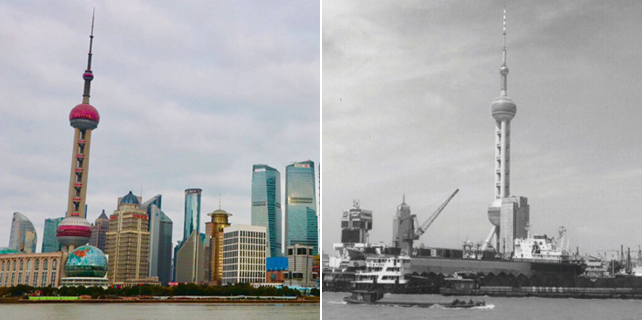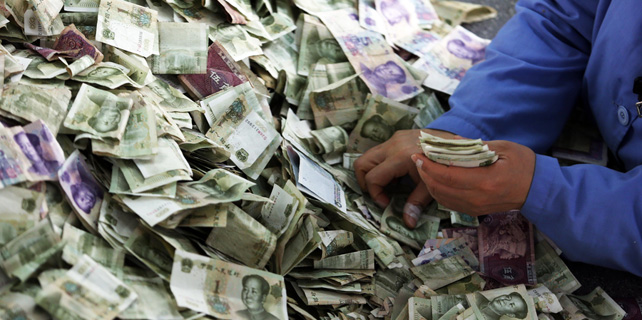How high-speed rail can boost economy
The Hong Kong stock market has rarely charmed investors so much in the last couple of years. The Hang Seng index rose 9.8 percent from the beginning of the year to the end of last week, outperforming almost all the other markets in the world.
Hong Kong is still a window to the Chinese mainland's economy. Its stock market's recent performance confirms what some analysts said at the turn of the year: for all its existing problems and the uncertainties of other economies, the Chinese economy, and for that matter, the Hong Kong market, will be a stabilizing factor in 2017.
Over the last few years, China has learned how to achieve the needed level of growth during its economic transition while dealing with a host of external threats and meeting domestic challenges.
Some overseas commentators have highlighted these threats and challenges and, from time to time, interpreted them as signs of a larger setback, if not a general crisis, for the mainland economy. But their alarming forecasts have not come true.
The economy's growth data from the second half of 2016 and the recent price indexes of consumer and producer goods show a slow but sure-footed recovery, which is better than most other emerging economies'. More importantly, China didn't achieve the recovery by slashing the exchange rate of the yuan or deliberately increasing its exports volume.
For some years, the Chinese business media have been "looking for new growth drivers". If the country could continue relying on exports for growth, they wouldn't be looking for new drivers.
Apparently, several sectors are beginning to replace - or have replaced - manufacturing and exports as the growth drivers. Among those sectors is the "high-speed railway economy" - or all the business opportunities China can create by expanding its high-speed railway network. This completely domestic system is just beginning to realize its potential. And in 2017, when the threat of an international trade war looms large, it can serve as a strategic stabilizer for the national economy.
However, it would be simplistic to say China's high-speed railway program is only an expediency designed to meet the orders of construction companies and create jobs for their workers.
Faster trains with efficient services can expand and improve the Chinese tourism industry, which saw a year-on-year growth of 15.9 percent, totaling 423.3 billion yuan ($61.78 billion) during the recently ended Spring Festival holiday week. Plus, the high-speed railway has opened up hitherto remote places to tourists, expanding business opportunities.
In 2016, the domestic tourism sector's revenue reached 3.9 trillion yuan, equivalent to more than 5 percent of the country's GDP. And in South China's Guangdong province, the tourism revenue was equivalent to nearly 15 percent of the provincial GDP.
China's economic development has always had a geographical dimension. Since the 1980s, its economic growth was led by large-scale development and opening-up of certain cities - the special economic zones in Shenzhen in the 1980s, Pudong (Shanghai) in the 1990s, and Chongqing, which was brought under direct central government administration, in the 2000s.
China's high-speed railway network will continue to expand in 2017, helping distant cities to form economic ties with their more advanced counterparts, and proximate cities to form their own economic clusters. The amount of financial investment that a sound transport and communications network can generate is far beyond the revenue from the sales of tickets. Similarly, an efficient high-speed railway is not only about travel and tourism but also about its overall economy-boosting capacity.
So players in the Hong Kong financial market, who expect handsome returns from their investments, should see the mainland's high-speed railway system not just as a potentially profitable industry, but also as a new dimension of the mainland's entire economic geography.
The author is an editor-at-large of China Daily. edzhang@chinadaily.com.cn
(China Daily 02/18/2017 page5)
















